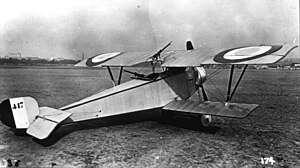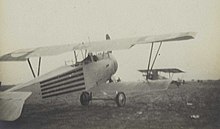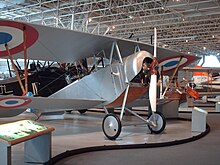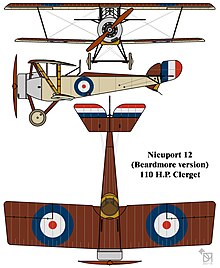| Nieuport 12 and 12bis | |
|---|---|
 Nieuport 12 A.2 prototype | |
| General information | |
| Type | Reconnaissance(Artillery)/Fighter/Trainer |
| Manufacturer | Nieuport |
| Designer | |
| Status | retired |
| Primary users | France |
| Number built | 300+ [1] |
| History | |
| Manufactured | 1915–1918 |
| Introduction date | 1915 |
| First flight | 1915 |
| Developed from | Nieuport 10 |
The Nieuport 12 (or Nieuport XII in contemporary sources) was a French sesquiplane reconnaissance, fighter aircraft and trainer used by France, Russia, Great Britain and the United States during World War I. Later production examples were built as trainers and served widely until the late 1920s.





